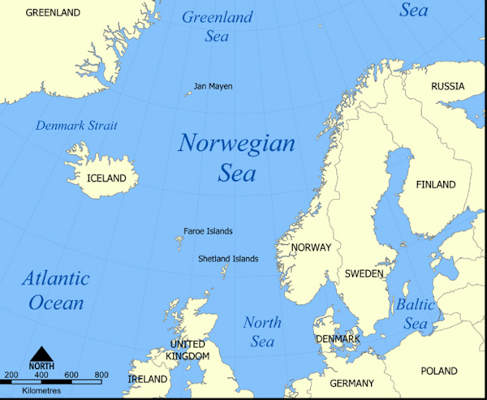
The PC-7 MkII is a turboprop trainer aircraft produced by Pilatus Aircraft. The aircraft is intended for ab initio (from the beginning) training and basic flight training of rookie pilots. It delivers reliable and cost-effective training solutions to the air forces of the world.
The aircraft is in service with the South African Air Force (SAAF), Indian Air Force (IAF), Botswana Defence Force (BDF), Royal Malaysian Air Force and the Royal Brunei Air Force. More than 160 PC-7 MkII trainer aircraft have been sold since its introduction in 1994.
PC-7 MkII design, cockpit and avionics
The PC-7 MkII is based on the PC-9M advanced trainer. It uses the airframe and avionics of the PC-9M. The modular design of PC-7 MkII allows integration of systems with minor modifications. The conventional systems used in the aircraft ensure easy operation and maintenance. The aircraft has a length of 10.8m, wing span of 10.19m and a height of 3.26m. The wing area of the PC-7 MkII is 16.28m². The basic empty weight of the aircraft is 1,710kg, while the maximum take-off weight is 2,250kg.
The PC-7 MkII is equipped with stepped tandem glass cockpit accommodating two crew members on ejection seats. The glass canopy offers unobstructed visibility for both cockpits. The ergonomically placed instruments, displays and controls ease the operation of the aircraft in all stages of flight. The tandem layout also allows the instructor to monitor, aid, or override the actions of student pilots.
The avionics suite integrates a primary flight display, multifunction display, electronics flight instrumentation system, distance measuring equipment and automatic direction finders (ADF). The aircraft is also equipped with a communications suite, anti-g system and an on-board oxygen generating system (OBOGS).
Trainer aircraft engine and performance
The PC-7 MkII is powered by a Pratt & Whitney PT6A-25C turboprop engine driving a Hartzell four-bladed aluminium propeller. The engine develops a maximum power of 700shp and offers lower operating cost over the PT6A-25A engine of the PC-7 aircraft. It is also equipped with digital electronic engine control system.
The PC-7 MkII can fly at a maximum altitude of 33,000ft. It can climb at a rate of 14.79m/sec. The aircraft has horizontal cruise speed of 448km/h at sea level. The maximum operating speed of the PC-7 MkII is 556km/h. The maximum range of the aircraft is 1,500km. The take-off and landing distances over 15m obstacle at sea level are 415m and 665m, respectively. The maximum certified g-load limit of the aircraft is +7g / -3.5g.
PC-7 MkII international orders and deliveries
The SAAF became the first customer for the PC-7 MkII when it placed an order for 60 aircraft in 1993. Deliveries were concluded with the handover of final aircraft in 2006. The PC-7 MkII aircraft in SAAF service were designated as Pilatus Astra, due to their indigenously built avionics suite.
The SAAF signed a contract with Pilatus Aircraft in October 2008 to upgrade the avionics of its 35 Astra aircraft under Project Ithambo. The first two PC-7 MkII Astra aircraft fitted with factory built standard avionics were delivered to the SAAF in July 2010. The upgraded Astra aircraft were renamed PC-7 MkII, as they feature standard avionics used worldwide.
The Botswana Defence Force placed an order for five PC-7 MkII trainer aircraft in April 2011 to replace its PC-7 fleet. The aircraft were formally inducted into service by the BDF in a ceremony held in February 2013.
In May 2012, Pilatus Aircraft was awarded a $523m contract by the Indian Air Force to deliver 75 PC-7 MkII turboprop aircraft. The contract also includes an option for additional aircraft plus integrated ground based training system and a logistics support package. The IAF received the first batch of PC-7 MkII trainers in February 2013.
The Global Military Aircraft Market 2011-2021
This project forms part of our recent analysis and forecasts of the global Military Aircraft market available from our business information platform Strategic Defence Intelligence. For more information click here or contact us: EMEA: +44 20 7936 6783; Americas: +1 415 439 4914; Asia Pacific: +61 2 9947 9709 or via email.
Related content
Valmet L-70 Vinka Military Trainer Aircraft, Finland
L-70 Vinka is a military basic trainer aircraft designed and developed by Valmet for the Finnish Air Force (FAF).
Pilatus PC-21 Turboprop Trainer Aircraft, Switzerland
Pilatus Aircraft Limited rolled out the PC-21 training aircraft in May 2002.






.gif)